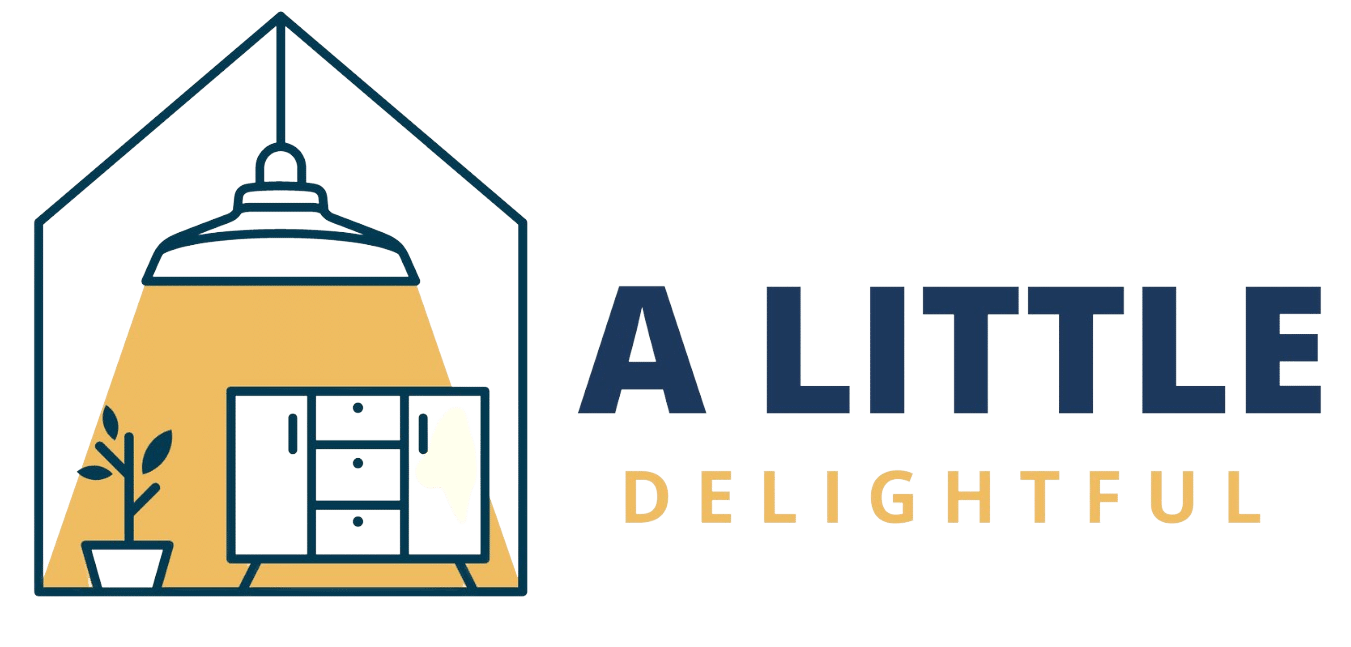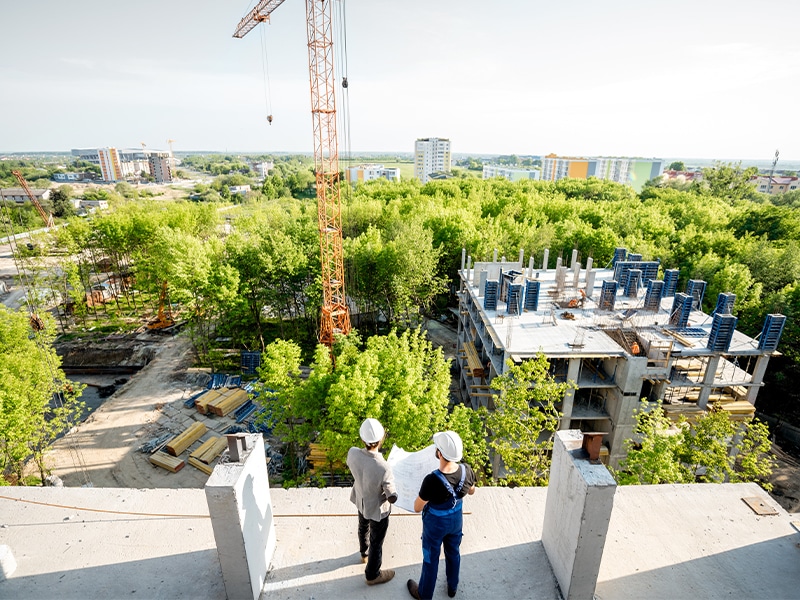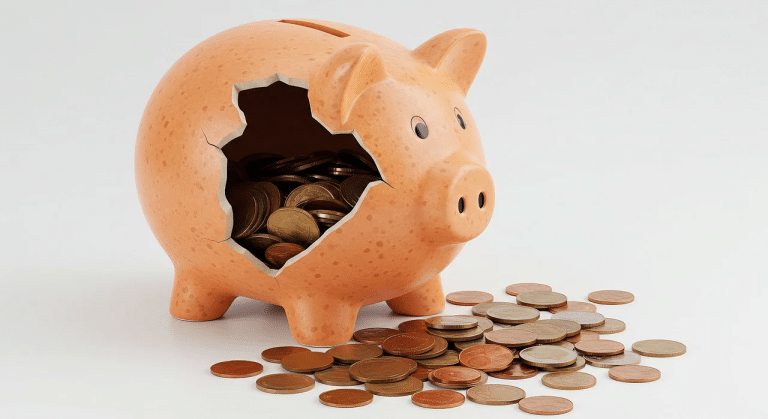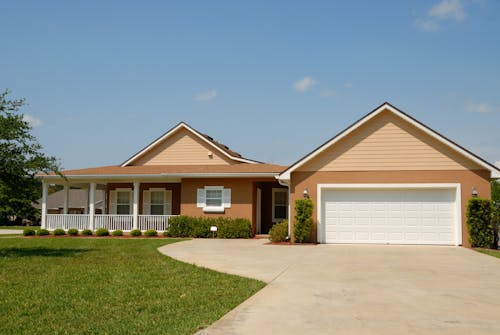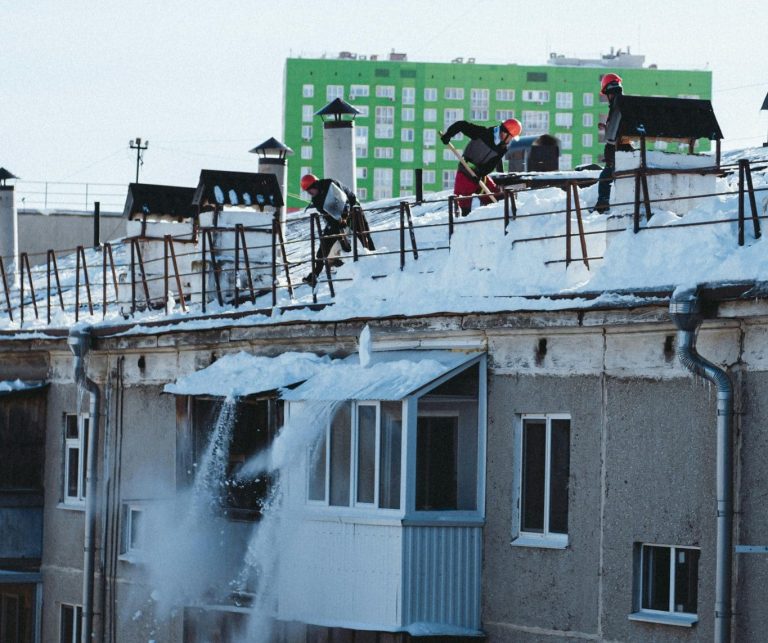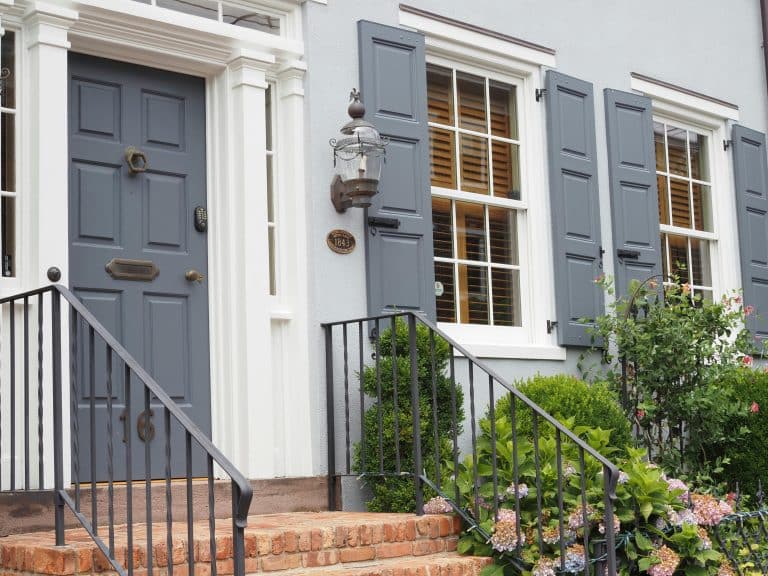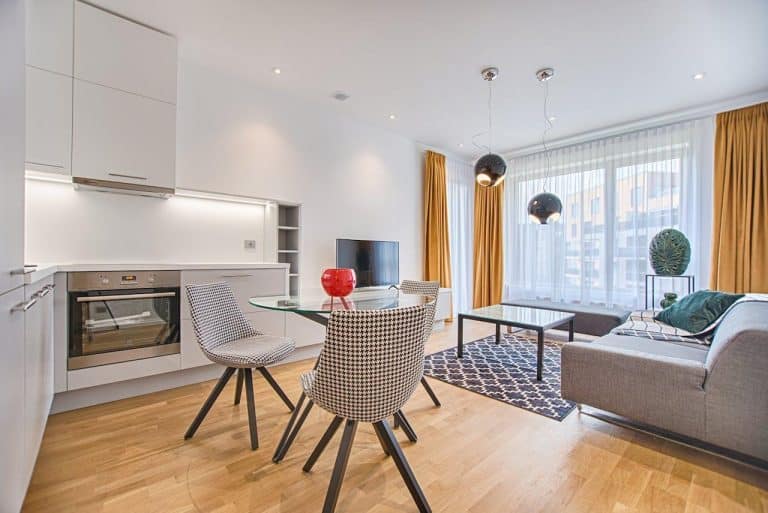Sustainability and Construction: How Eco-Friendly Homes Are Changing the Real Estate Market
The real estate industry is being transformed by a growing emphasis on the environment and sustainability. The construction industry, once associated with high carbon emissions, waste, and energy consumption, is now at the forefront.
As eco-friendly homes become more mainstream, they are impacting not only homeowners, but investors, developers, and policymakers as well. This shift towards sustainability is reshaping the way homes are built, sold, and valued, framing the future of real estate in profound ways.
The Rise of Green Building Practices
Green building has evolved from a specialty concept to a characteristic aspect of modern architecture. Developers and builders are concentrating on energy efficiency, green materials, and sustainable designs. Elements such as solar panels, home automation, and green roofs are becoming the norm rather than an upgrade feature.
The need for energy-efficient homes has grown as purchasers look for homes that lower their carbon footprint while also decreasing long-term expenses. Double-glazed windows, enhanced insulation, and rainwater harvesting systems are now in demand among homeowners seeking long-term cost savings and ecological advantages.
Beyond individual homes, whole neighborhoods are being constructed with green in mind. These sustainable communities focus on parks, cycling paths, and solar and wind energy. Governments are enacting laws that require new buildings to have better environmental scores, pushing the entire industry toward a more environmentally friendly future.
Why Buyers and Investors are Drawn to Eco-Friendly Homes
Green houses are not just a fad, but also an indication of a shift in priorities by the consumers. Consumers today are fully aware and realize the harm their decisions will cause to nature. Eco-friendly houses appeal to them because of lower electricity bills, fresh air inside, and the fact that they can contribute to sustainable living.
To real estate professionals and investors, the economic benefits of green property are now becoming evident. Energy-efficient houses are more valuable to sell, as buyers are willing to pay more for houses that promise lower operating expenses and future-proofing that will last. Furthermore, tax breaks from the government and rewards for investing in green houses enhance their marketability.
Sustainable building developers are finding that their properties attract a broader base of buyers. It is the younger generations, particularly, who are leading the way in demanding sustainable housing options. Millennials and Gen Z homebuyers are making environmental considerations top priority, leading developers to make more eco-friendly features a priority in their projects.
Sustainable Materials and Construction Techniques
One of the most exciting aspects of sustainable building is the innovative use of materials and techniques that reduce waste and optimize efficiency. Recycled products such as reclaimed wood, bamboo flooring, and low-VOC paints are being incorporated into home designs. Not only do these products reduce environmental impact, but they also promote indoor air quality and durability.
Construction techniques such as prefabrication and modular construction are also gaining popularity. These methods minimize waste, decrease energy use, and accelerate the construction process. In addition, smart design choices such as passive solar heating and natural ventilation also enhance a home’s sustainability without incurring expensive retrofits.
The use of green roofs and living walls in structures is another innovative method that improves air quality and helps to control indoor temperatures naturally. These features improve living conditions and also contribute to urban biodiversity.
The Role of Technology in Sustainable Housing
Technology plays a crucial role in the effort to make houses more sustainable. Home automation systems allow homeowners to monitor and control energy use, water use, and heating or cooling systems remotely. The technologies optimize efficiency so that houses consume only as much as needed without wastage.
Battery storage improvements have also revolutionized solar energy use. With improved battery efficiency, individuals can now store excess energy from solar panels for use during high demand or night, reducing their consumption of the grid. Filtration and recycling systems of rainwater and greywater eliminate water wastage, and these are complemented by such advancements.
Artificial intelligence and machine learning are also being used in energy-efficient home design. AI-powered systems can analyze a home’s energy consumption pattern and regulate heating, cooling, and lighting automatically. The computerized adjustments lower the energy consumed by the household, resulting in bills that are cheaper and have a lesser impact on the environment.
How Sustainability is Changing the Real Estate Market
Increasing consumer demand for sustainable homes is shifting the market’s rules. Green certifications such as LEED (Leadership in Energy and Environmental Design) and ENERGY STAR are valuable commodities to sellers because they educate a home’s sustainability and efficiency to homebuyers. These certified homes sell faster at higher prices than non-certified homes.
Real estate developers are also focusing on sustainability in an attempt to keep up with changing consumer needs. New residential developments are including green spaces, community gardens, and energy-efficient infrastructure to attract consumers who prioritize sustainability.
For property owners who would like to sell their homes, the increasing green home buying trend presents a potential. Homeowners who are considering selling may find that upgrading their homes with green technologies can increase their marketability and value. For instance, homeowners in Wisconsin looking to sell their properties quickly may turn to Milwaukee cash buyers who understand the growing demand for sustainable homes and offer competitive pricing.
The Future of Sustainable Homes
As climate change concerns grow, the focus on sustainability in construction and real estate will only intensify. Governments and municipalities already are implementing stricter building codes and offering incentives for green housing. Investors and buyers who are cognizant of this trend and align themselves with the changing landscape will be well positioned for long-term success.
The future of homebuilding will include even newer technologies such as carbon-negative materials, self-sustaining energy grids, and energy management systems powered by AI. As these technologies become increasingly available, the real estate industry will continue to evolve, and green homes will be the norm rather than the exception.
Also, the integration of biophilic design principles—whereby nature is introduced into architecture and interior design—will gain more visibility. Features like indoor gardens, natural light optimization, and the use of organic materials will create healthier, more productive habitats.
Green building is not just for homes. Commercial property too is witnessing a transformation, as office buildings and commercial complexes are adopting green technology to reach energy efficiency standards. This is expected to redefine urban development and turn cities greener worldwide.
Conclusion
The push for sustainability in construction is no longer an idealistic pursuit—it’s a pragmatic and essential evolution of the real estate market. Green homes provide tangible benefits, from lower costs and improved living conditions to increased property values and marketability.
As consumers, investors, and contractors embrace green building methods, the real estate market will continue to grow, constructing a future where profitability and sustainability coexist.
With ongoing advancements in technology and growing focus on being a responsible guardian of the planet, sustainable housing is already at the door. The homes of the future will not just be energy-conserving but contribute to a greener and stronger world.
